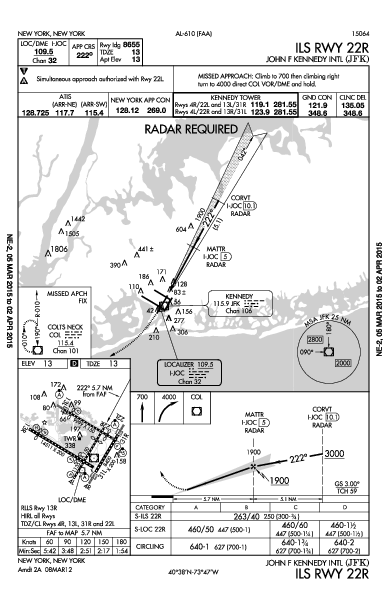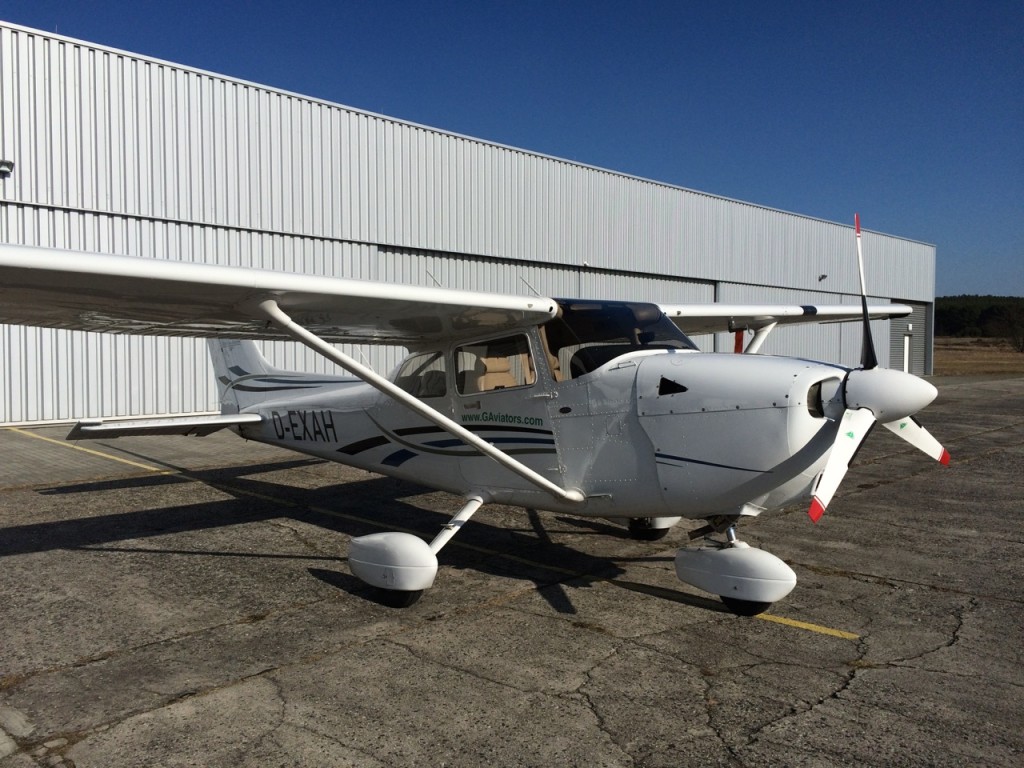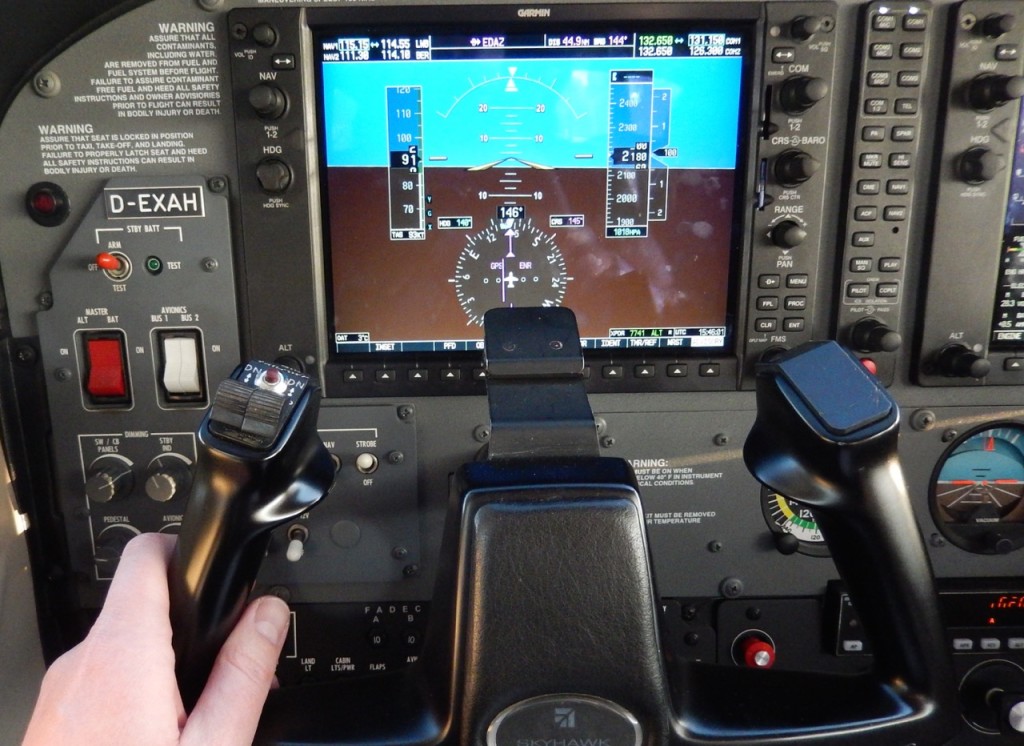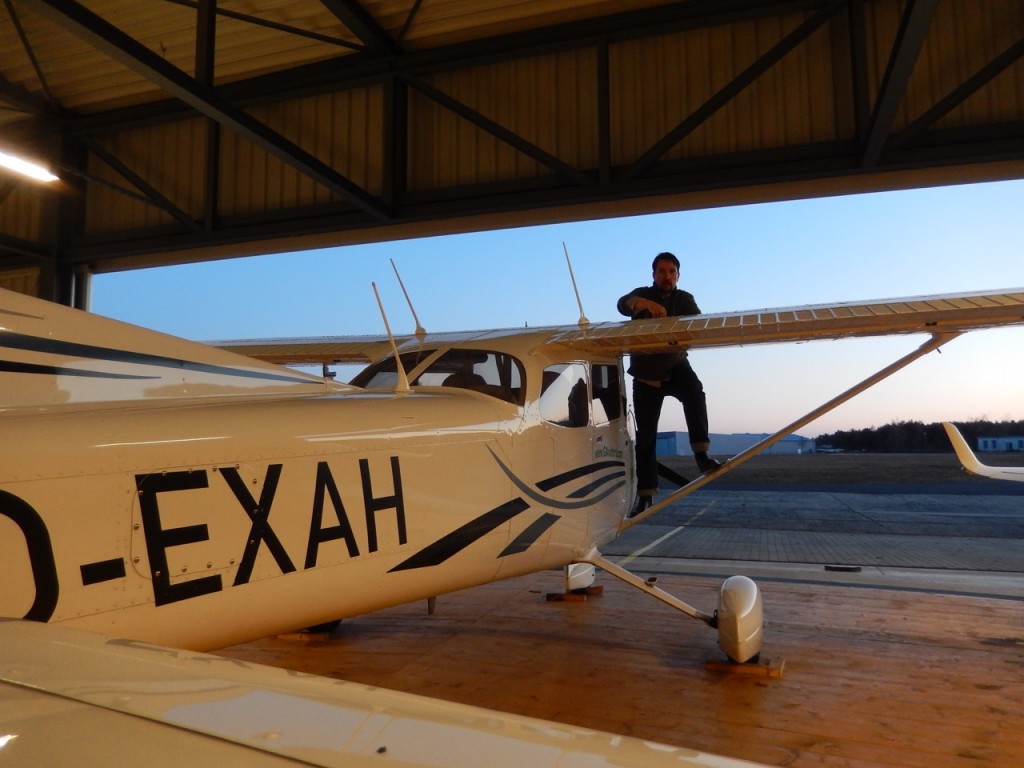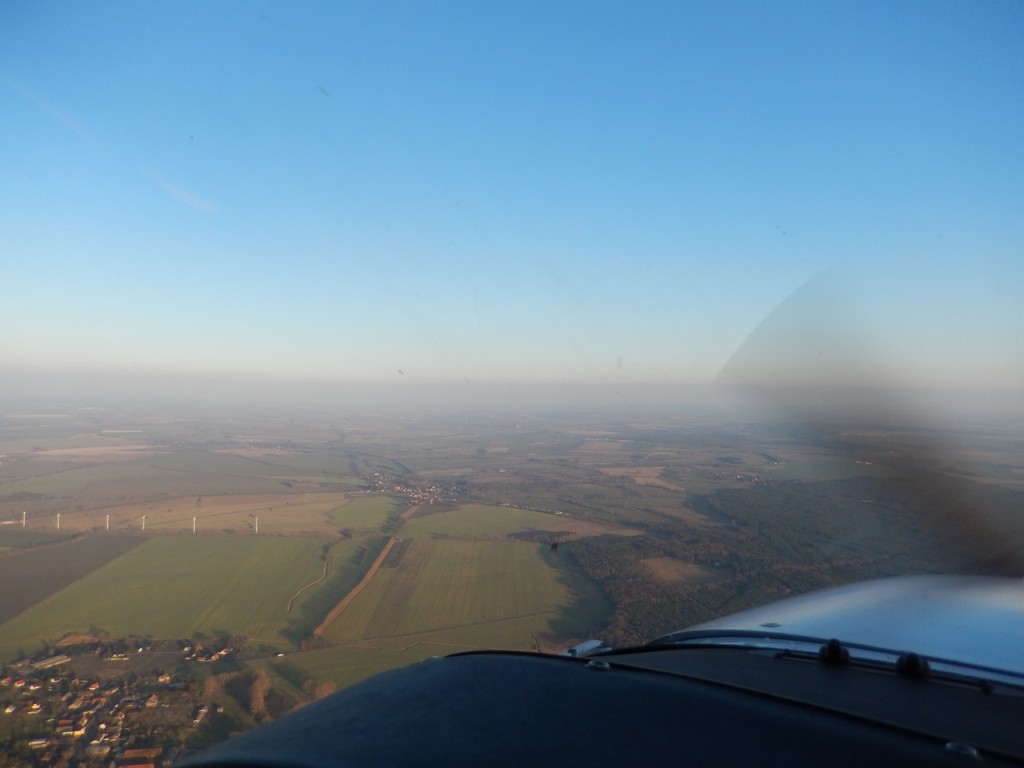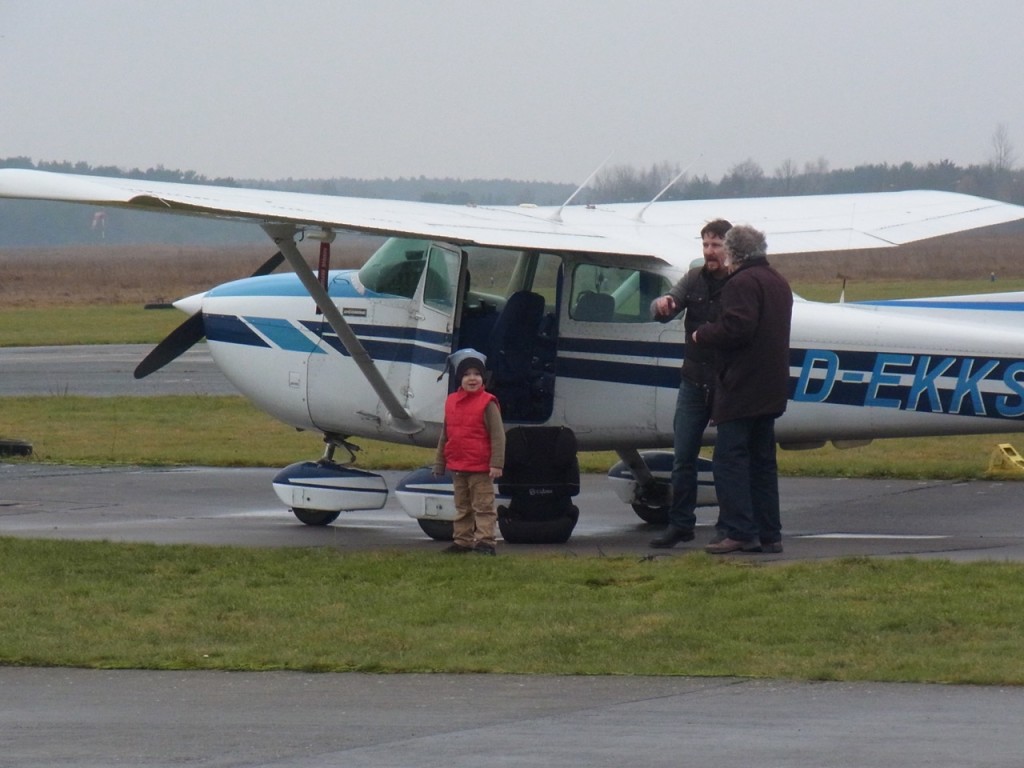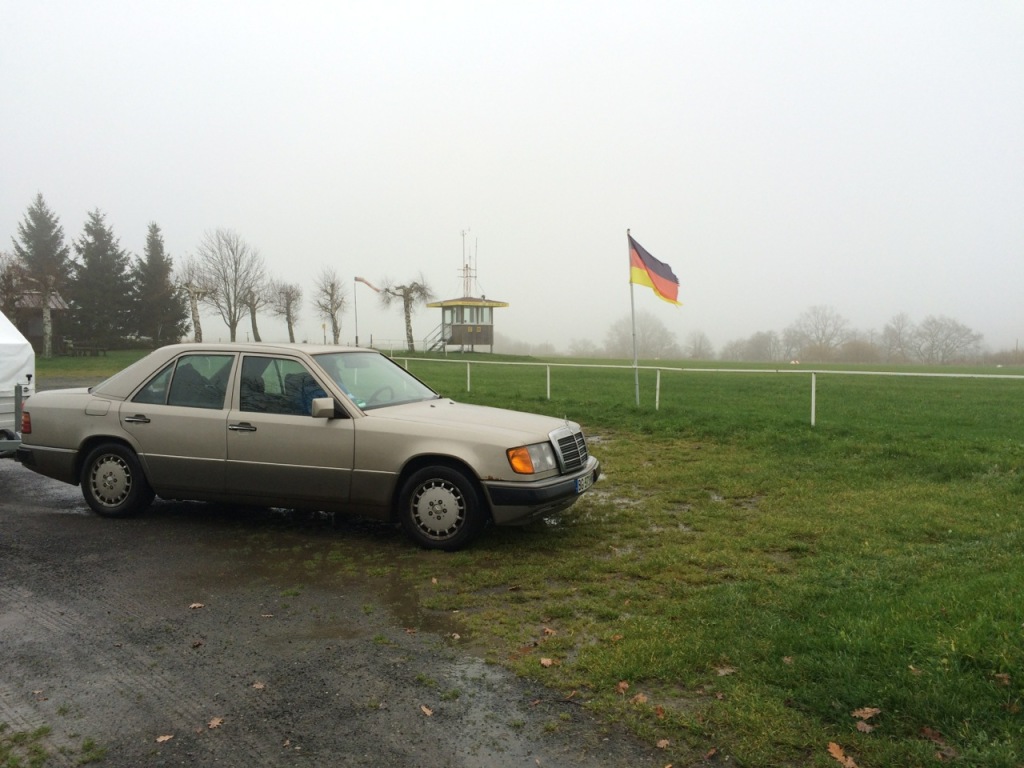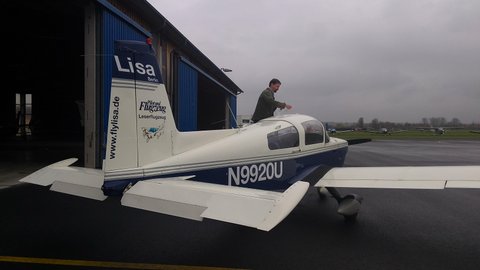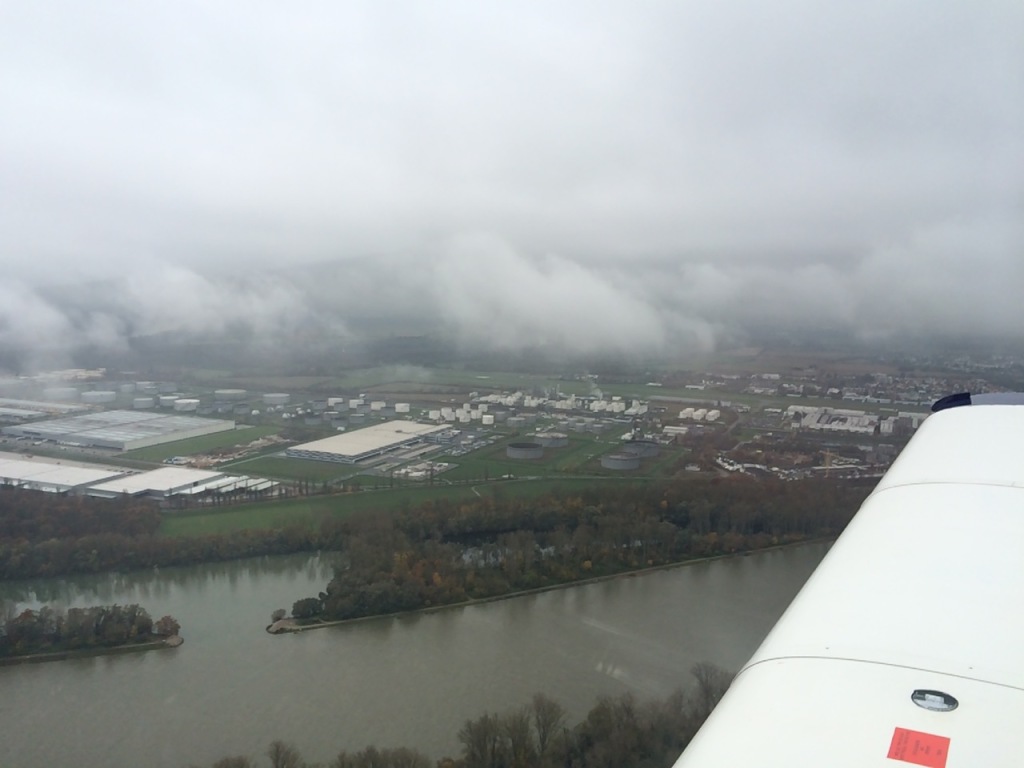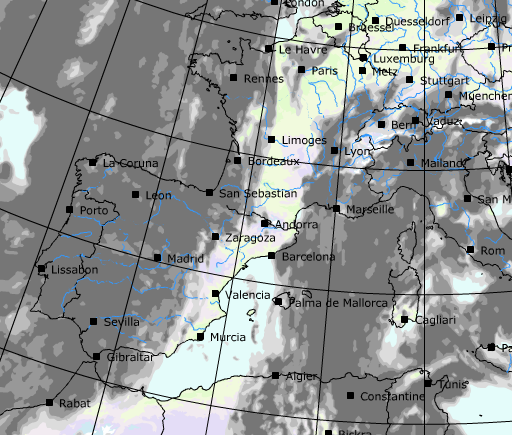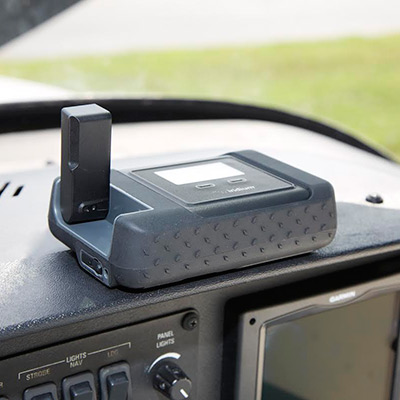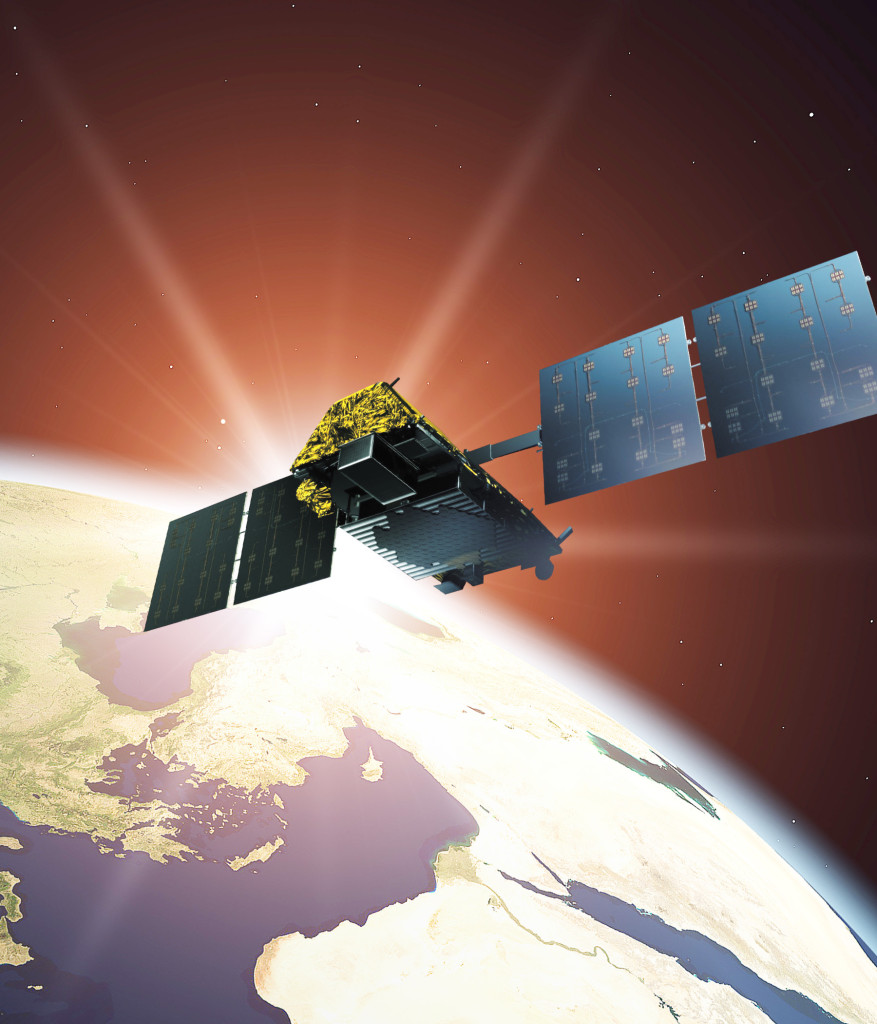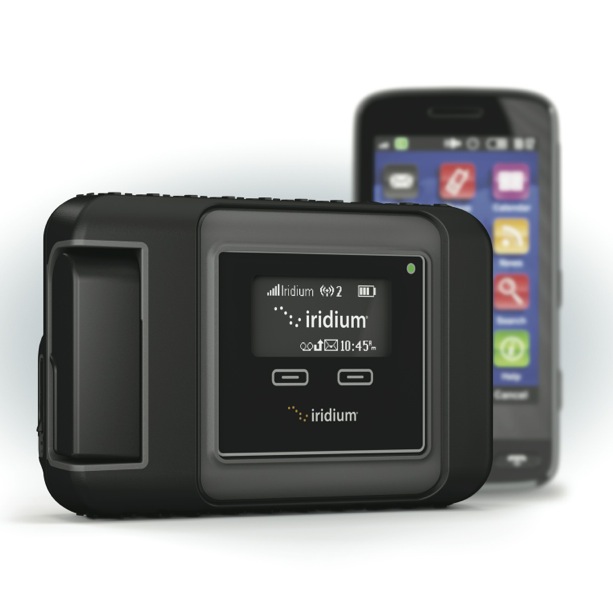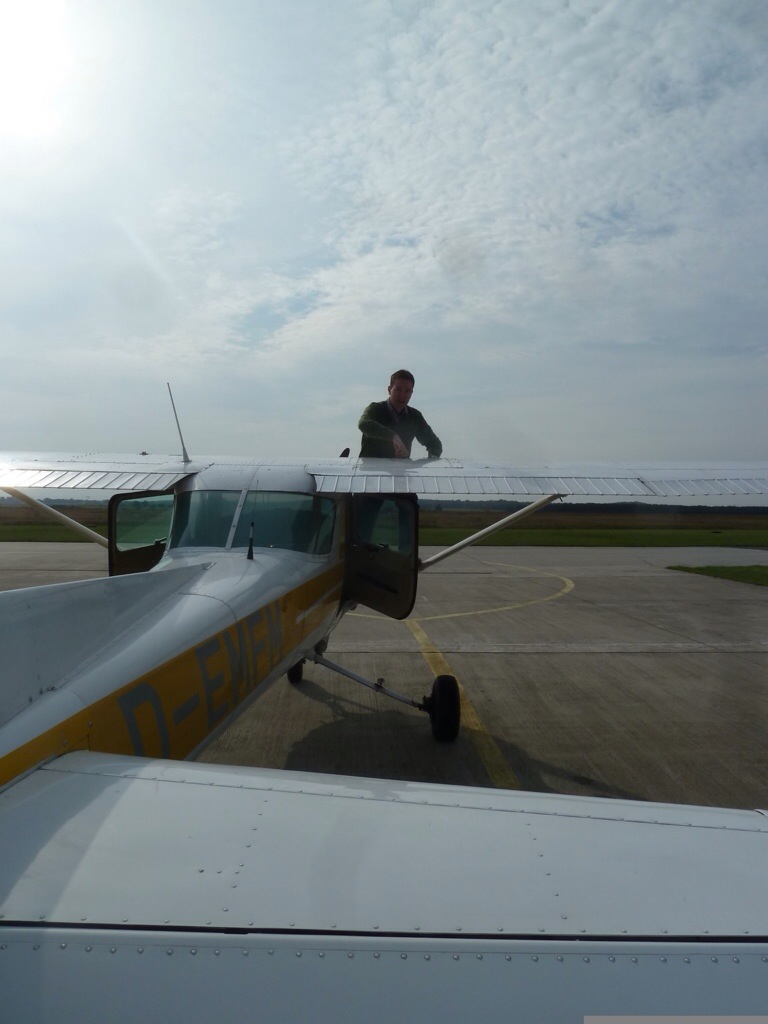Night rating completed
Visibility: about more than 10 miles, low hanging clouds
Temperature: 3°C
Wind: 260°, 4kts
QNH: 1015hPa
Location: EDAY
Equipment: Cessna 152 (D-EMFM)
The weather has been variable all day. The sun has been busy chasing clouds away and whenever she was not looking, they threw a few rain showers into the mix. I have been eying them nervously. Rain tonight would be bad.
I arrive at the airport in the dusk. “Kilo Sierra” is being loaded on the apron as I walk by. “Fox Mike” is sitting next to her, waiting for me. I’m flying with Klaus this evening. I have not seen him since my light sports training and having him on my right seat is a pleasant surprise.
From the fall to the spring, the airport offers extended night operation hours once a month. I have started to train for the night VFR endorsement well over a year ago. Then I missed a season for my baby break and this winter has been grey and cloudy. Not great for night flying either. Today is the last chance of this season.

Fox Mike“ is a tiny Cessna 152 with minimal equipment. I like her and night VFR is legal with her, but she is pretty much as simple as it gets. The instrument panel is iluminated by a small red light mounted on the ceiling above my head. The radio is very basic and the single VOR receiver makes for very limited cross referencing capabilities. Quite a difference to the high tech ship “Alpha Hotel” that I have been flying recently. But that is all part of the training.
The plan for tonight is to pick-up where I have left off a year and a half ago. We go north to the Friedland VOR, then back to Finow for a bit of pattern work before we return home. I enjoy flying at night. The air is calm and the lights are magic.
Navigation
Klaus has a hand held GPS in his lap. He is double checking my navigation and tells me stories to every single light on the ground. I have a feeling he does not really need the GPS. He has been flying in the area for a while.
The trip is pleasantly uneventful. On the way back we run into isolated rain showers. Since we did not see the clouds at night, we have to fly a pretty abrupt evasive maneuver. After all we don’t want to fly into the clouds. Almost immediately the controller comes on the radio to check on us. Nice to know we are being watched over.
Landing
We are almost abeam the airport before we spot the runway in Finow. I adjust speed and altitude on the down wind leg. When I turn final, I am still a bit high. For experienced pilots it is very hard to judge the height above the ground corectly at night. For this junior aviator it is almost impossible.
PAPI
The runway has lights on the right and on the left. Some more lights at the end and a pretty big aray of lights at the threshold. For the approach we have a set of four lights to the left of the runway. This line forms the “Precision Approach Path Ilumination” (PAPI) – always helpful and crucial at night.
The papi lamps change their colour depending on the viewing angle. On my first approach I come in too high. All four lights are white. As I am adjusting my glide path, the right light becomes red, shortly after that the second light from the right also looks red too me. “Two red, two white – you’re alright”, I’m right on the glide path. Holding this rate of descent will take me to the runway.

At the end of the night I have enough hours for the rating. And I get why being current at night flying matters. Looking forward to the next trip after dusk already!
To be continued…

